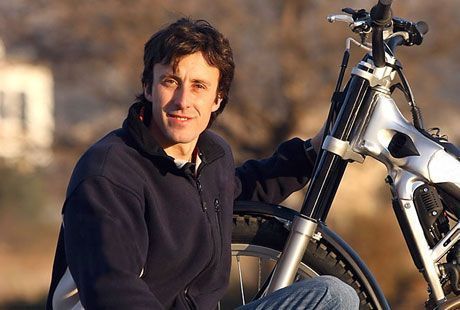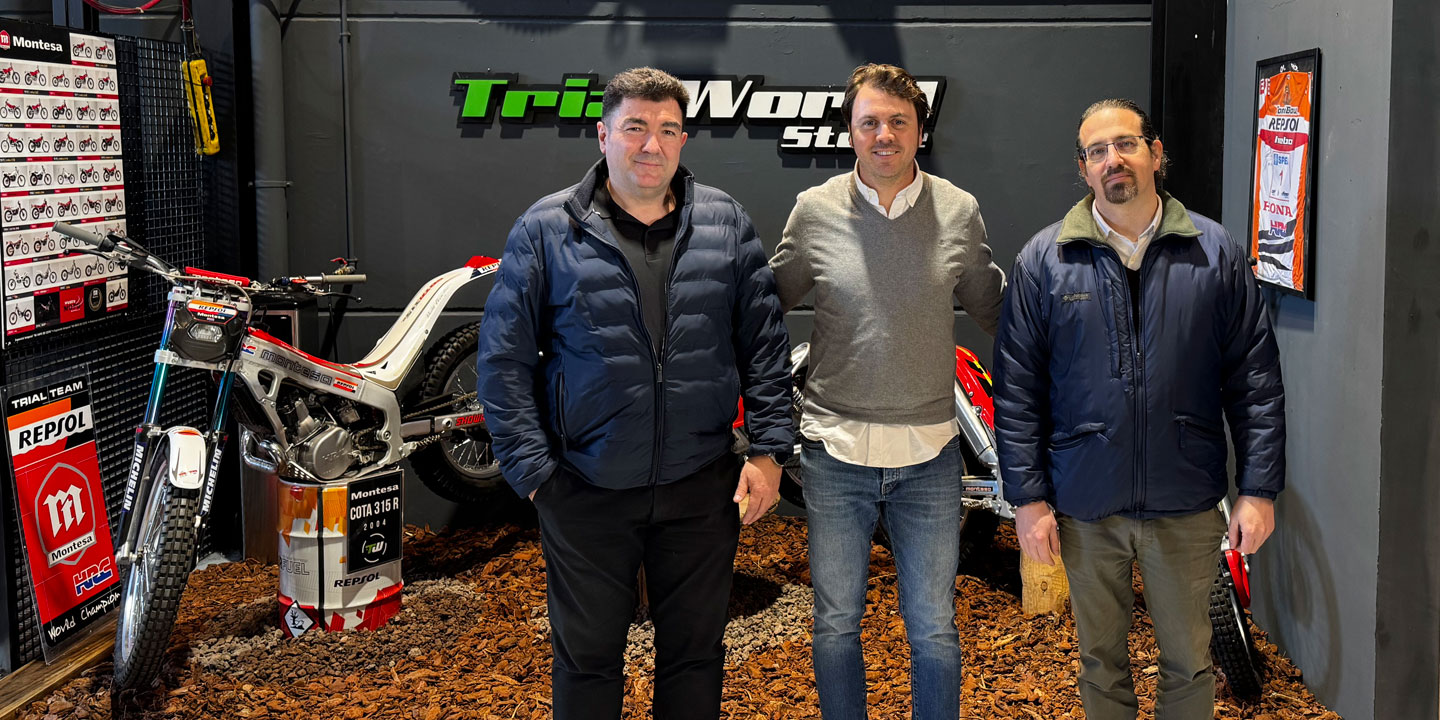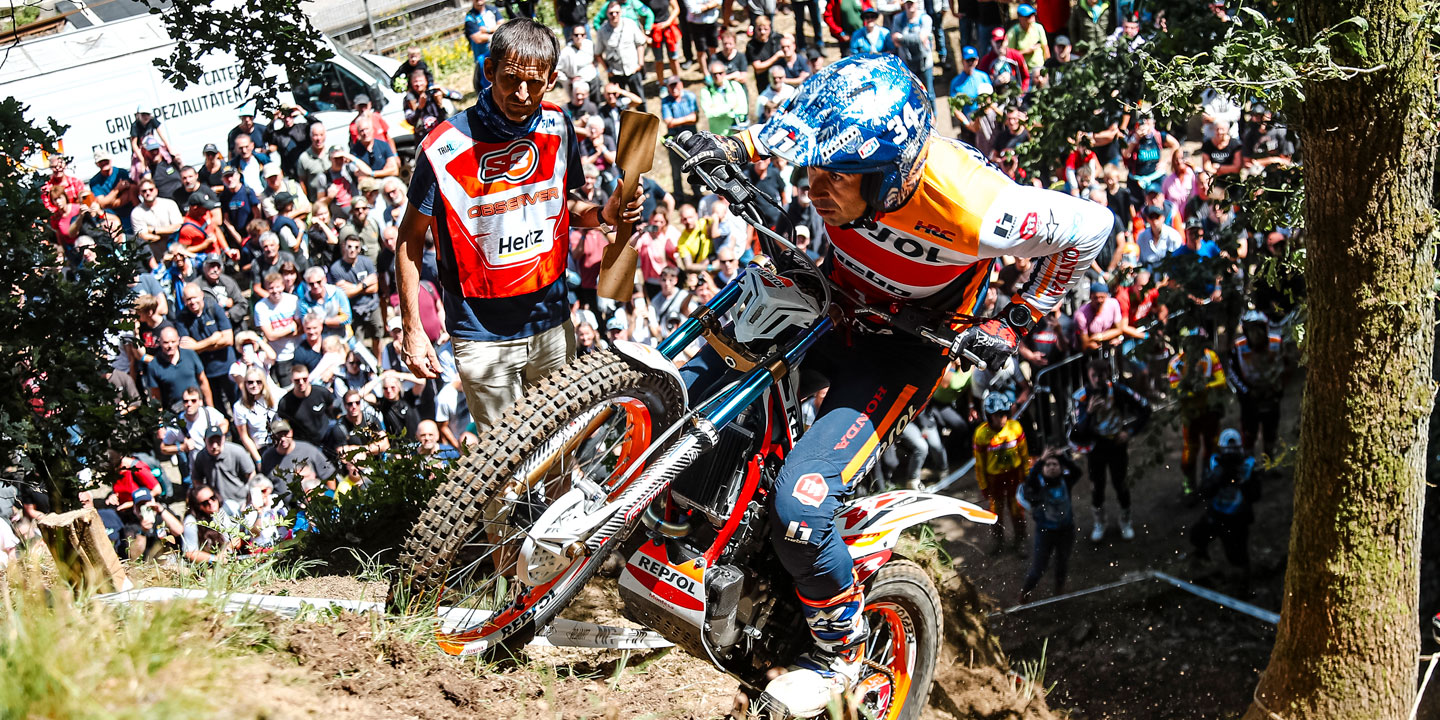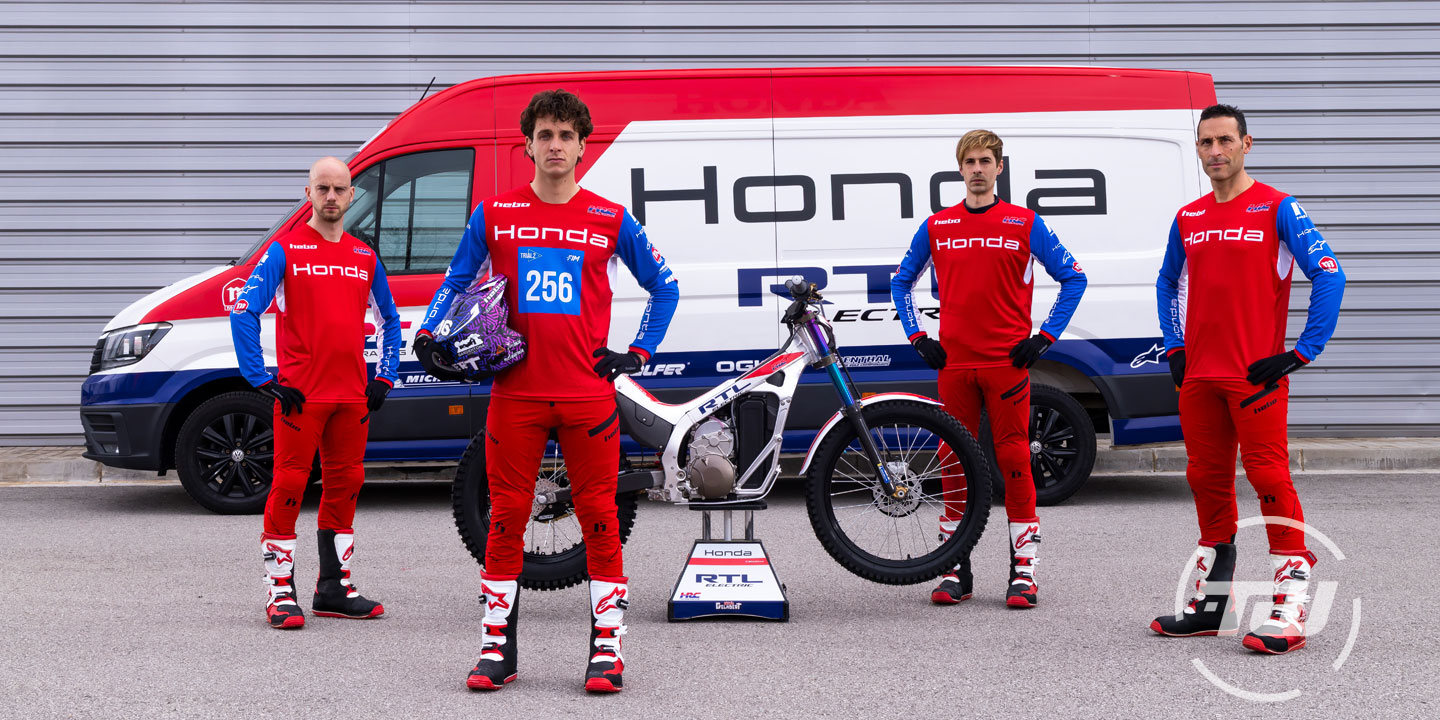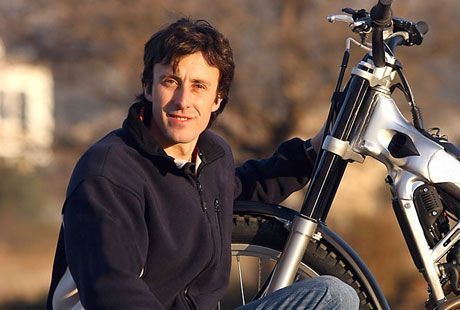
CHAPTER TWO. BALANCE.
Our private instructor, Jordi Pascuet, is back at the controls of his Gas Gas to reveal the secrets of the second chapter: balance. We all know that it is the basis of this sport and, although many of us have developed this quality, it is convenient to listen to Jordi’s advice regarding this section, as it will help us to be more effective and decisive in the area. As you well know, the advice that Jordi is giving us is focused on learning from the most basic techniques, but we will evolve chapter by chapter and we will get into more complex situations.
Text and photos: Jordi Pascuet
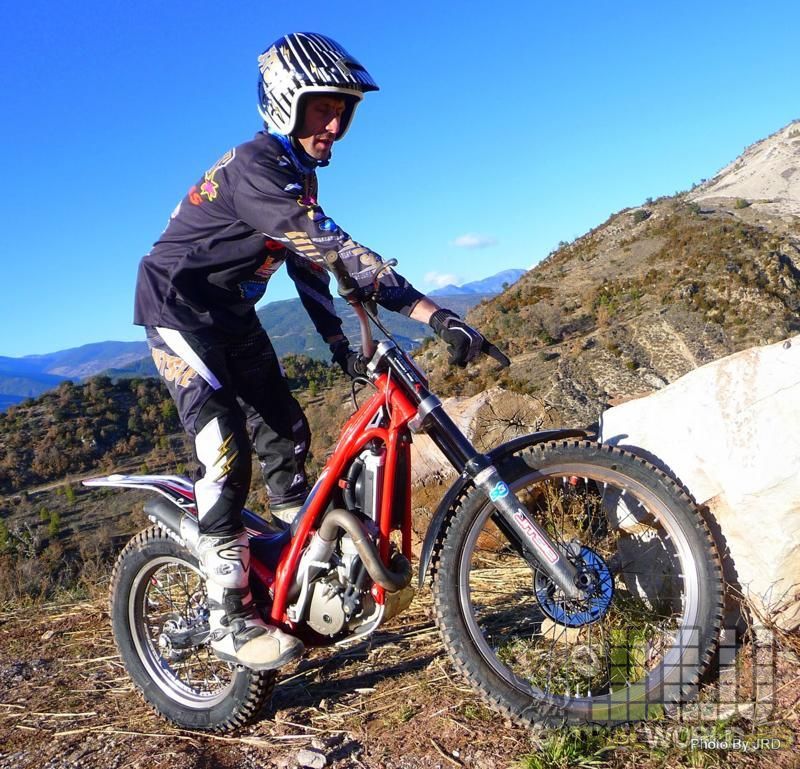
Afterwards, the rider must grip the controls tightly, especially both brakes, which must be engaged at all times (both), feet placed in the center of the footpeg and slightly loading the body forward. Position is extremely important: we must unload the weight of the body on the legs, not on the arms, in order to achieve a more neutral distribution of masses. Both the legs and arms should be slightly bent, never stiff and without exerting force, facilitating the rider’s mobility on the bike.
The bike can move and balance under our legs, repositioning it as we see fit, but always with smooth movements, not abrupt, since in that case we will lose the reference and probably we will not be able to keep our foot on the footrest. It is also common to play with the leg, lifting it to a greater or lesser extent to compensate for the weights and better support balance. This technique is common in all great pilots, as you can see in any video or situation. Anything goes if we do it in a logical, orderly and smooth way.
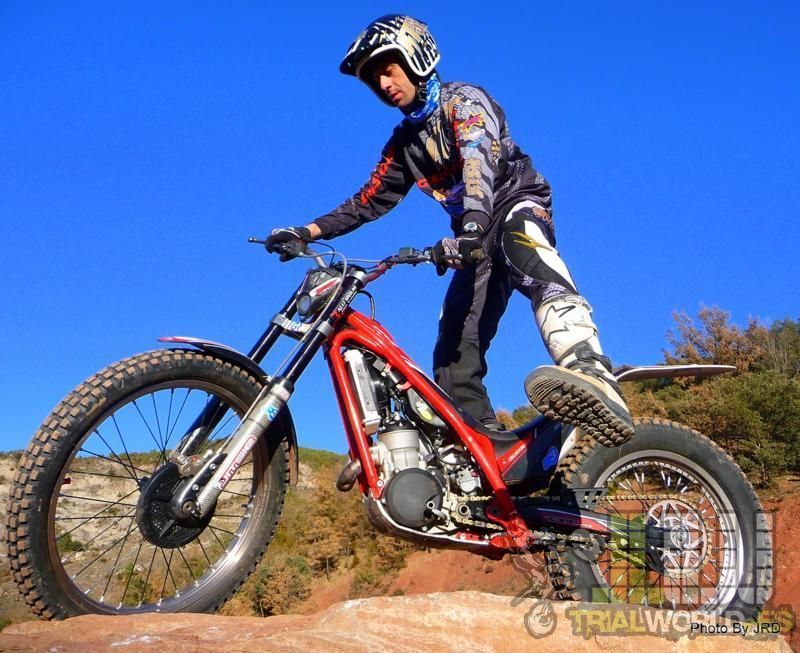
If you practice this section with the bike started you will see that it is easier, since by modulating the clutch we can make smooth movements to the front and back to help us maintain the neutral point of balance, but you must always have the brakes well applied to avoid involuntary advance.
My advice is to try to find references that help you support the front wheel at the beginning, so that with a stroke of the handlebars you get away from that support and you can practice well. In the race, it is also common to look for stones or obstacles that facilitate these supports. Always be aware of what’s on the ground, because it can help you balance yourself more easily. However, it’s useless if we don’t have the essence well learned and are able to hold the balance for a few seconds while we get high.
You know, practicing balance doesn’t require gasoline or natural light, you just have the desire and time to practice.
Train hard!
Best regards
Jordi Pascuet
{bonckowall source=”2″ pkey=”album” pvalue=”dqtrialworld” pvalue2=”EasterSchoolChapter2″ }{/bonckowall}
